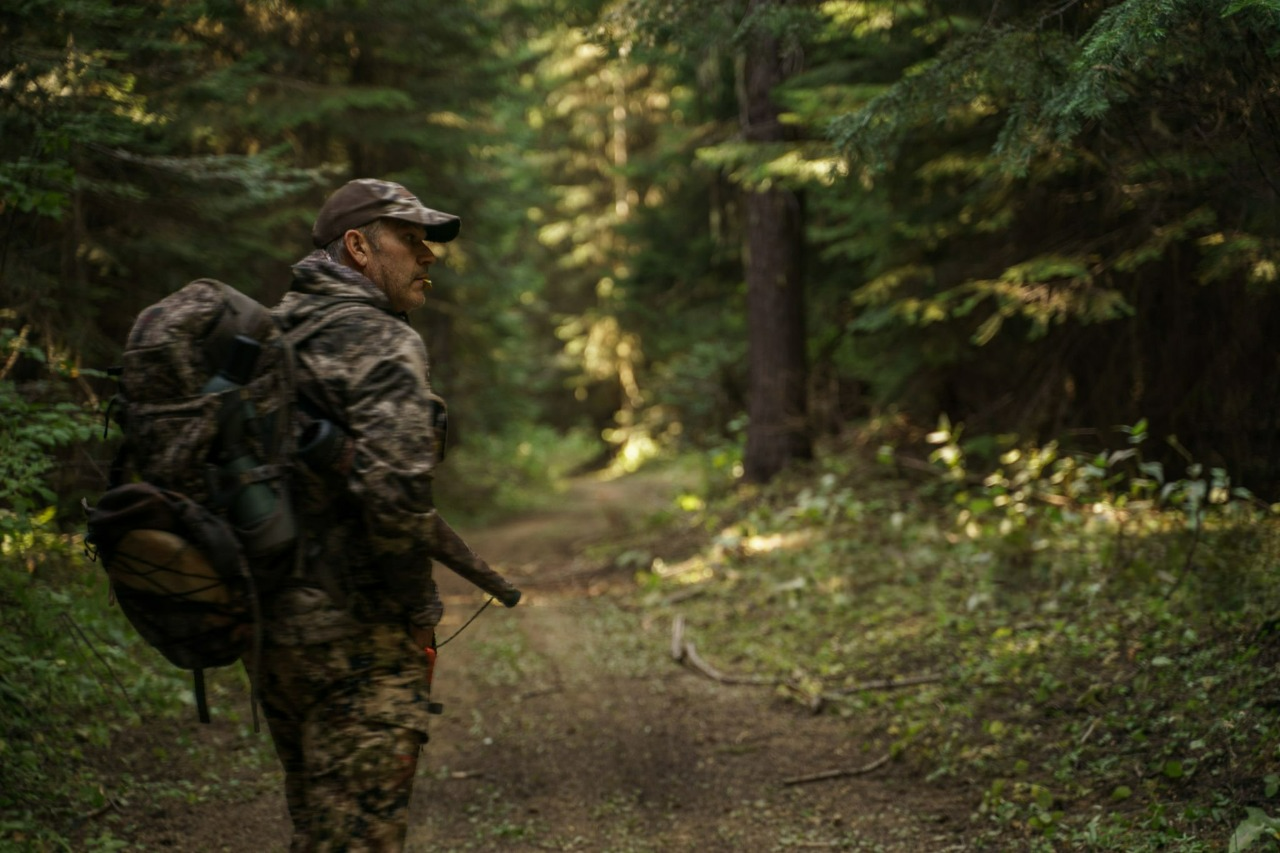For serious whitetail hunters, June isn’t downtime—it’s prep time. While bucks are growing velvet racks and does are tending fawns, you should be out there gathering intel. Scouting in June may not seem as exciting as hunting the rut, but make no mistake: the effort you put in now lays the foundation for a successful fall season. Let’s break down how to pattern deer effectively in early summer and why now is the time to move smart and scout smarter.
Why June Matters for Whitetail Scouting
By June, deer have settled into consistent patterns centered around food, cover, and minimal human pressure. Bucks are still in bachelor groups, feeding heavily to fuel antler growth. While their patterns will shift by fall, understanding their summer routines helps you:
- Identify preferred bedding and feeding zones
- Log travel routes and terrain features
- Strategically place cameras and stands without bumping deer
- Build a seasonal picture of movement trends
Patterning now is about getting ahead of the curve, so you’re not scrambling once archery season sneaks up.
1. Focus on Food: Where the Deer Are Dining
Late spring and early summer bring a buffet of greenery. Deer are browsing on forbs, legumes, young soybeans, and native browse. Focus your scouting efforts on:
- Ag fields (especially soybeans, alfalfa, or clover plots)
- Edge habitat with diverse growth (young saplings, blackberry brambles, pokeweed, etc.)
- Natural food sources like honeysuckle, greenbriar, and young oaks
Use binoculars in the evenings to glass fields and openings. Bucks feeding at dusk in June often stay within a relatively small home range—you’re catching them close to their summer core area.
2. Watch the Wind—Even in June
It’s easy to overlook scent control when you’re not hunting. But busting a mature buck during summer can shift his habits fast. Always scout with the wind in your favor. Whether you’re setting a trail cam or hiking a bedding ridge, treat every move like you’re hunting opening day.
Bonus tip: Early morning or post-rain scouting is ideal—less human scent hangs in the air, and tracks in fresh mud are easier to read.
3. Bedding Clues: Find the Cool, Shady Hangouts
In warm months, deer bed where they’re cool, safe, and out of sight. Look for:
- North-facing slopes
- Overgrown field corners
- Creek bottoms with shade and thick cover
- Transition zones between fields and woods
Don’t dive deep into bedding areas unless your access is clean and discreet. Instead, find high ground or opposite ridgelines where you can observe movement into and out of these zones at dawn or dusk.
4. Place (and Check) Trail Cameras Wisely
June is prime time for trail cam work—but placement matters. Focus cameras on:
- Entry trails into soybean or clover fields
- Mineral licks (if legal in your state)
- Pinch points and natural funnels
- Water sources in areas with high temps
Don’t check cams too often. Once every 2–3 weeks is plenty. Bring gloves, spray down your gear, and avoid stomping around. The goal is low-impact intel gathering, not disruption.
5. Map It All Out—Digitally and Physically
Every sighting, track, rub, scrape, or photo is a puzzle piece. Use digital tools like OnX, HuntStand, or Spartan Forge to drop pins, mark trails, and note dates/times. Then back it up with a field journal or Google Drive doc.
As you collect info throughout summer, patterns will emerge. Come late September, you won’t just know where deer move—you’ll know why and when.
6. Don’t Burn the Woods Too Soon
Early summer scouting isn’t about storming every acre of your lease or public land hotspot. Be selective, be stealthy, and use the long daylight hours to your advantage. Sit back with binos. Let trail cams do the work. Stay off pressure-sensitive spots you plan to hunt later.
Remember: observation and patience now prevent blown hunts and busted deer in October.
Final Thoughts: June Effort = November Success
Patterning deer in June is a long game. You’re building familiarity with terrain, behavior, food sources, and movement patterns. While deer shift habits as fall approaches, much of what you learn in early summer sticks with them—especially when it comes to preferred bedding zones and safe travel routes.
So lace up those boots, charge your trail cam batteries, and get in the woods. Your November buck tag might just hinge on what you discover this June.


